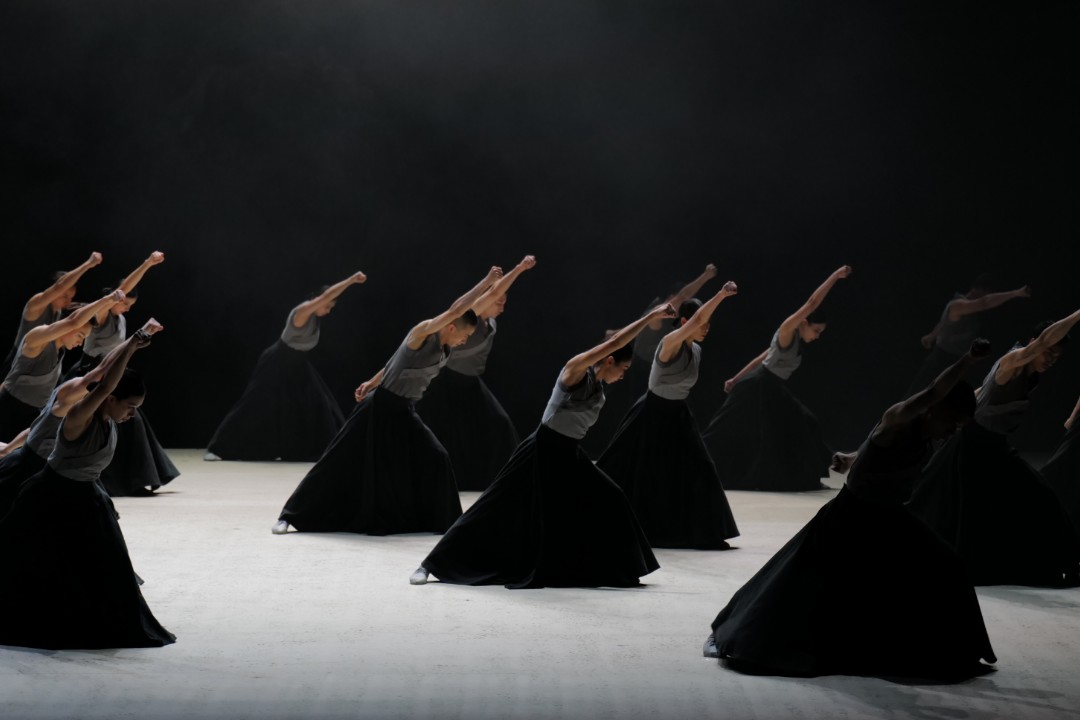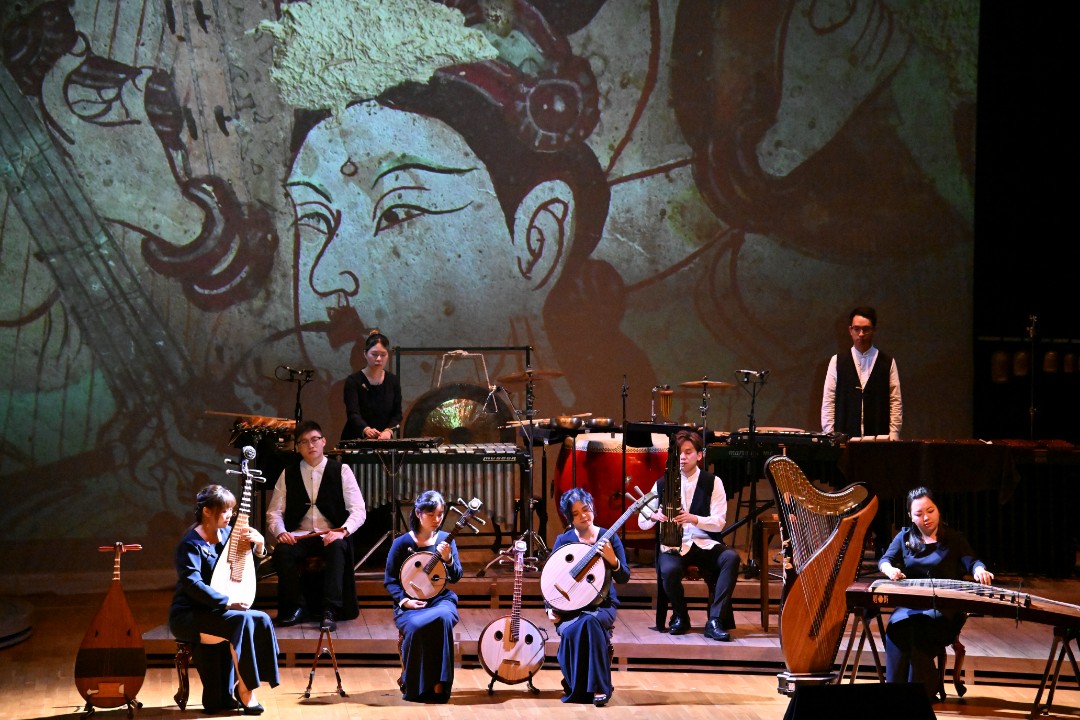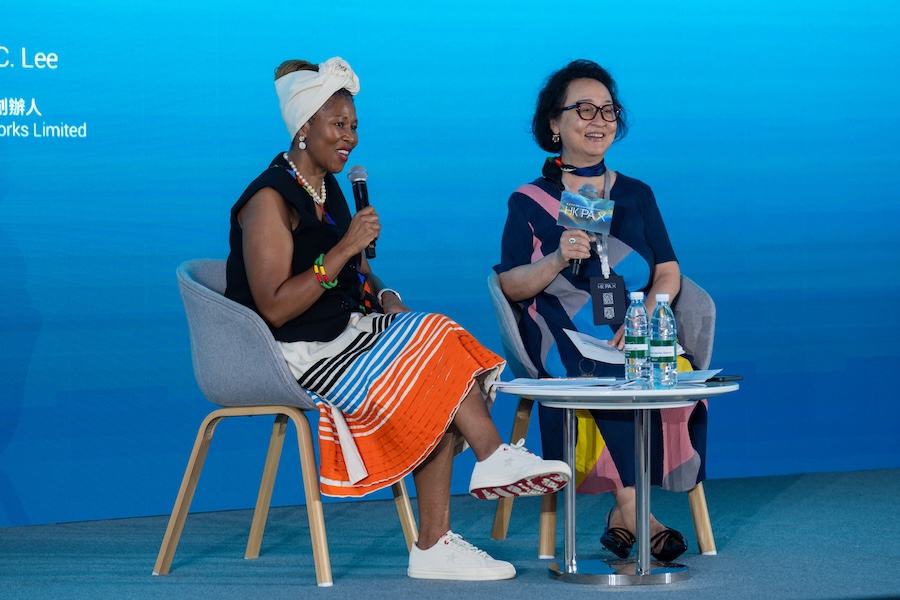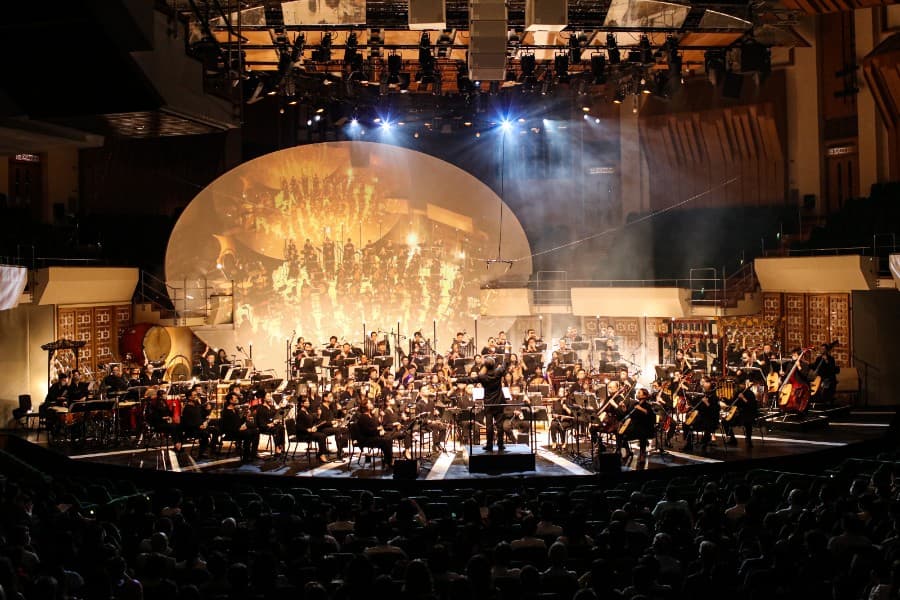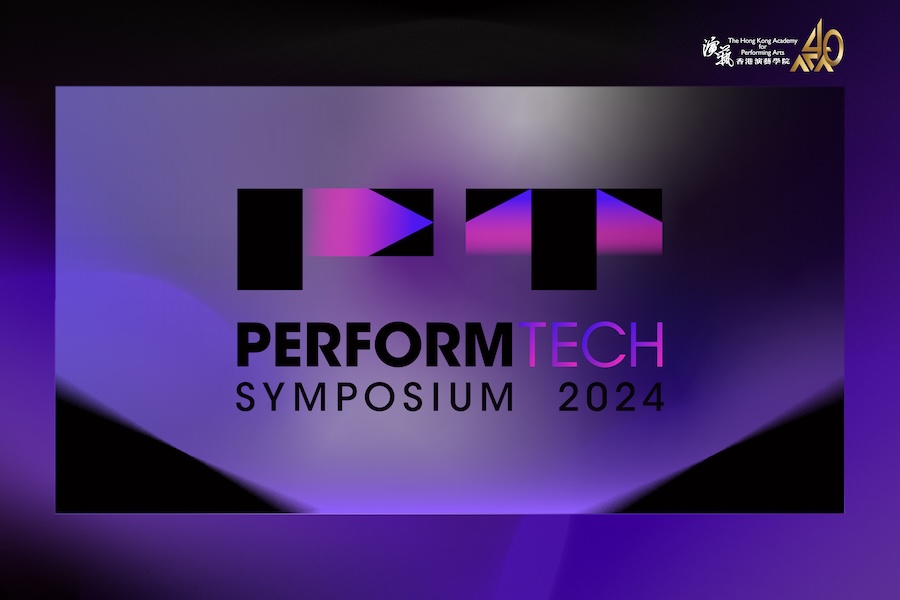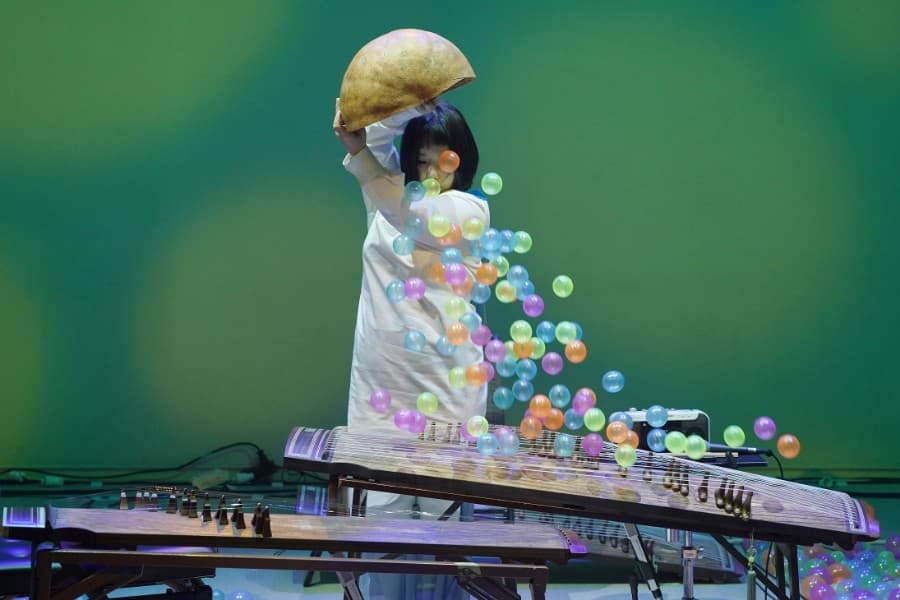Sense the power of nature through the body
In this work, Hong Kong Dance Company draws on nature as depicted under a calligraphy brush, painting an inner world beyond the confines of time and space through dance. The dancers’ bodies personify dots, dashes and vigorous strokes under the brush; they are the artist’s eye for rhyme, rhythm and internal beauty.
Sense the power of nature through the body, take in worldly beauty and meditate on the origins of life. Pass through mountains and over waters, and with a full heart, let the limits of the self and the physical world dissolve.
Premiered in 2021 to unveil the Hong Kong Dance Company’s 40th anniversary season, Shan Shui: An Ode to Nature has won wide acclaim. The Company’s subsequent three-year research has injected elements of Chinese martial arts into dance training, developing an even richer texture and elevating Shan Shui to another level. It was selected as one of ISPA 2022’s Pitch New Works.
